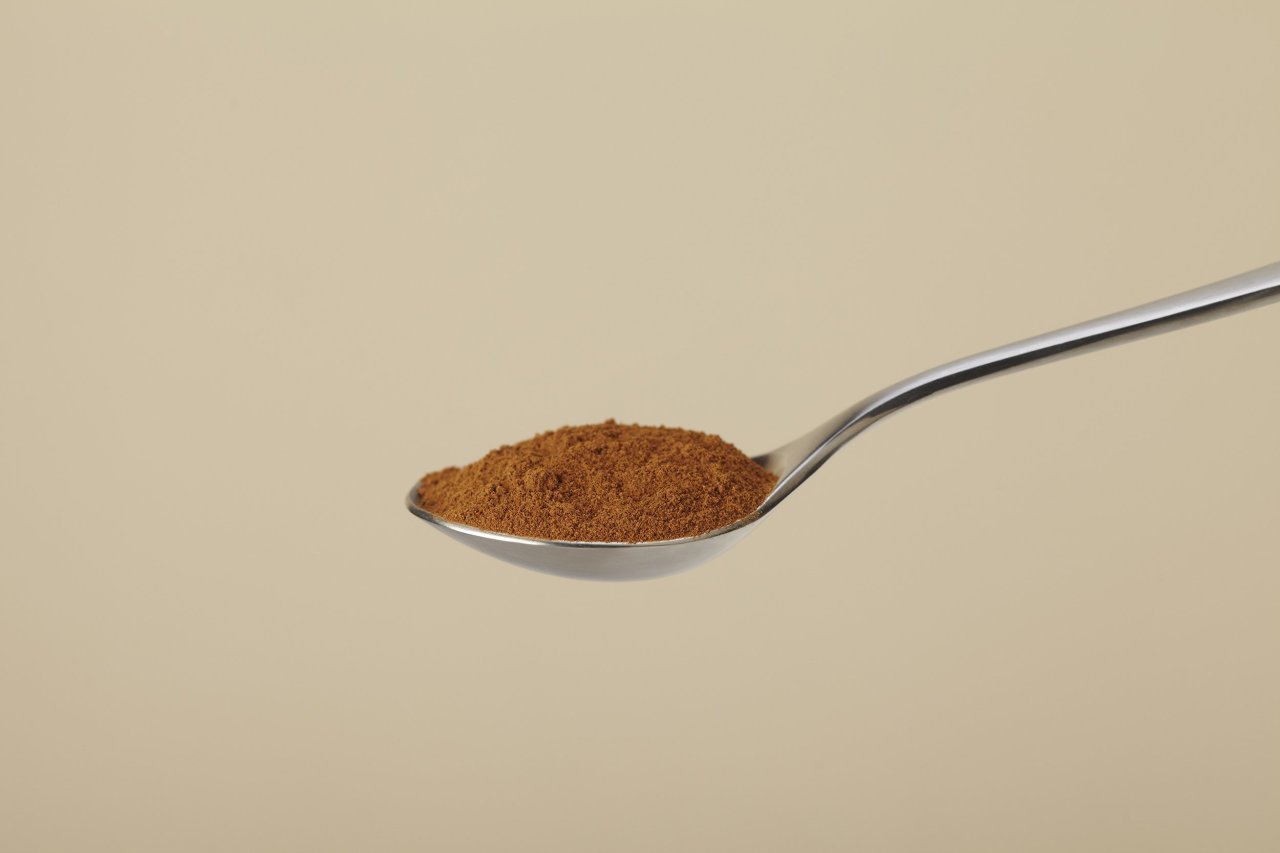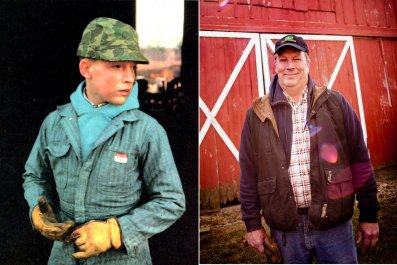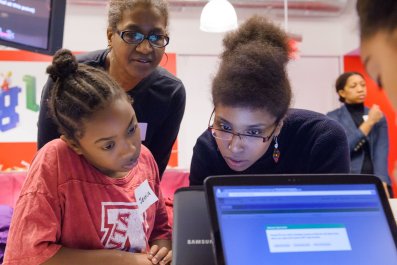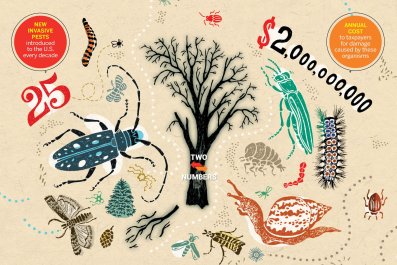What would happen if you took a can of aerosol hairspray or air freshener and sprayed it directly at a cigarette lighter's flame? Any rational adult is likely to say, Nothing good. But if you're a teen, you might think, Great snap!
Since mid-March, social media have been flooded with videos of young people creating blowtorch-size dragon-breath puffs of fire by putting flame into contact with flammable liquid (usually while indoors). It began when one teen Instagram user gave the stunt a try and tagged the video post #FireSprayChallenge.
The online dare spread rapidly, and now there are over 4,000 posts on Instagram with the #FireSprayChallenge hashtag. The daring feat is an offshoot of the #FireChallenge, another popular and even more dangerous social media craze that involves dousing oneself with a flammable liquid like rubbing alcohol, then lighting your torso or limbs on fire before jumping into a shower or pool. That challenge has resulted in a seemingly endless stream of reports of teens with third- or fourth-degree burns. Last year, an 11-year-old boy in the U.K. underwent a skin graft after the challenge went terribly wrong. A 15-year-old in Buffalo, New York, died from injuries he suffered after taking the dare. Fire safety divisions in several states have issued emergency warnings about the challenge.
Other popular and life-threatening social media challenges have prompted warnings from public health officials. The #CinnamonChallenge, which involves swallowing a tablespoon of the spice without any water, can lead to vomiting, choking and a trip to the ER. That dare became so popular that within the first three months of 2012, poison centers nationwide received 139 calls that involved cinnamon overdoses. A person who accepts the #EraserChallenge is required to take a pink eraser and rub it on his or her arm while saying a word for each letter of the alphabet. By the end, some have burns or deep cuts.
The list of the many challenges teens take on from social media reads like a disturbing report from a torture chamber: have a friend douse you with boiling water, eat a Carolina Reaper (the world's hottest chili pepper), pour a bottle of vodka into your open eye, or chew and swallow an entire cactus plant.
Attempting to grasp the motives behind the reckless stupidity of teenagers has been a frustrating endeavor for parents since the beginning of time, and many experts believe the internet has made it even worse. In the good old days, parents typically felt they could maintain control over their misbehaving teen simply by limiting the time spent with peers who were a "bad influence." But thanks to social media, persuasive people with dumb ideas are now omnipresent and a mere click, tap or swipe away. Add in the appeal of 30 seconds of fame, and some teens are willing to try just about anything. In many cases, the more dangerous it is, the better.
Over the years, scientists have tried to better understand the biology behind risk-taking behavior in teens by studying young animals. Early experiments on rodents and nonhuman primates helped pinpoint critical neurochemical and cellular changes in the brain as it matures that may promote novelty- and sensation-seeking behaviors. Then, in the 1980s, magnetic resonance imaging became widely available. Because MRIs are safe to use (they don't expose a person to radiation), researchers were able to use them to scan the brains of healthy kids repeatedly, over a long period of time. Though the resulting data didn't confirm what parents often claim—that their teen has half a brain—it did show that critical neurological development does occur during teen years.
The brain is made up of two types of tissue: gray matter and white matter. White matter is composed mostly of nerve fibers responsible for transmitting the electric signals that ensure communication from one area of the brain to another. Gray matter is made mostly of neuronal cell bodies and dendrites—the thread-like segments of neurons that receive and send signals from other neurons—and is involved in thought processing and memory. By the age of six, a person's brain is approximately 95 percent of its eventual adult size, but brain scans have indicated that in the following years, gray matter continues to grow in volume, with the most growth occurring during early adolescence.
As gray matter grows, so do the number of brain cells and connections between these cells, which shoot like rapid fire. This constant firing of synapses—the electric impulses that jump from neuron to neuron—is critical to learning and development. In the first few years of life, the brain acquires an abundance of these connections—more than it needs. Then, through learning, it begins to eliminate the weaker connections, a process known as synaptic pruning. Puberty marks the start of "specialization," says Dr. Jay Giedd, chair of child and adolescent psychiatry at the University of California, San Diego. This is the point when the brain turns to weeding out its weakest remaining connections. At the same time, good and useful connections are strengthened. This process continues well beyond the college years.
Synaptic pruning is the reason young people have a much easier time learning new things, such as languages and driving. The problem, though, is that all of this is happening in the prefrontal cortex, the part of the brain sometimes referred to as the brain's CEO because it is responsible for big decisions, impulse control and the ability to reason (like a rational adult). "The part of the brain that wants to think things through, think of the consequences and think long term is still under construction well until their 20s," Giedd says.
The teen brain is compelled to seek out new experiences that help the brain learn, but teens don't yet have the tools to make rational choices. That's why accidents, drug use, unprotected sex and other risky behaviors are much more common in young people, some experts say. According the National Institutes of Health, accidental deaths increase dramatically during early and late adolescence. Death by injury occurs at rates six times higher among teens 15 to 19, compared with those 10 to 14.
Meanwhile, something else is also occurring around this time that makes young people more likely to get into trouble: puberty. As the body gears up for the changes that come with sexual maturity, it ramps up production of hormones—including dopamine, the "feel good" neurotransmitter that increases when the brain's reward system is triggered. Whether the reward is food, sex, money, drugs, retweets, followers or Instagram likes, dopamine functions pretty much the same way. The biological need to feel good compels a person to behave in a way that will provide stimulus and reward. Research has shown that in order for the brain to commit something to memory, dopamine must be present, which essentially means it is needed for the brain to process important information such as don't light yourself on fire or you might get burned.
Because it's flooded with dopamine, the teen brain is driven to seek out constant stimuli and reward, says Laurence Steinberg, a professor of psychology at Temple University. "Things that feel good feel even better when you're a teenager," he says. So, although a tablespoon of cinnamon in a teen's esophagus might be a miserable experience, the page views, likes and favorites that trigger a rush of dopamine after the teen posts the video means the person may not care about the physical pain. "This combination of an easily aroused reward center and still slow to mature self-regulation system is what contributes to a lot of this risky behavior," Steinberg says.
Worse, social media use peaks just when sensation-seeking behavior starts. According to the American Academy of Child and Adolescent Psychiatry, over 60 percent of 13- to 17-year-olds have at least one social media network profile. In 2015, the Pew Research Center found that 92 percent of teens go online daily and that 24 percent are on "almost constantly." Teens reach "social maturity" by age 14 to 16, which is academic-speak for "this kid is on every single social media network"—including ones grown-ups probably don't even know about.
This greatly expands the opportunity for influence—Steinberg's research shows that when it comes to sensation-seeking behavior, teens are equally swayed by unknown peers (such as Instagram influencers) and IRL friends. In one study, published in Developmental Science in 2014, Steinberg and a research team divided 64 teens into two groups. The researchers asked all 64 the same questions regarding money rewards, such as "Would you rather have $500 today or $1,000 six months from now?"
However, half of the participants were tricked into thinking a peer of the same gender and similar background was watching them on a closed-circuit computer system. Steinberg's team found that people in the fake peer-observed group were consistently willing to accept 15 percent less money than those who were alone. "But we don't see that pattern for adults," Steinberg says.
Amanda Lenhart, a 16-year veteran at Pew, has found one-upmanship is a central part of online behavior for teens. In a 2014 survey that Lenhart helped run, 40 percent of teens said they feel pressure to post content on social media that will get lots of likes and comments. But Lenhart also argues that teenage bad behavior isn't unique to the digital age.
"In my high school, one of the Spirit Week challenges was called the Chubby Bunny challenge, where you were supposed to see how many marshmallows you could stick in your mouth," she says. Everyone did it, even though it was clearly unwise. "And I went to high school before the internet, before social media was widely available."





















